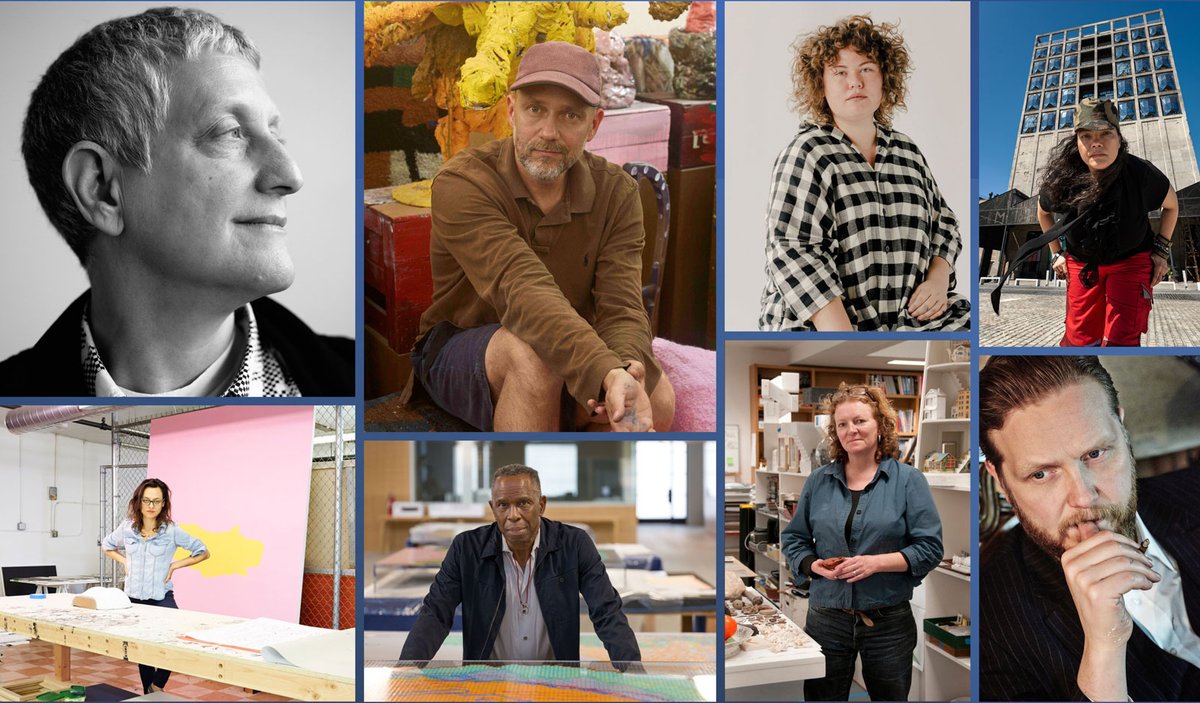The artist Charles Gaines put it better than anyone. In his in-depth conversation on A brush with…, The Art Newspaper's podcast where artists speak about their influences and cultural experiences, Gaines explains that in his youth he had never been introduced to the true power and significance of African art. “But then I started reading some books,” he says, “and, obviously, books are the most ingenious invention in the history of anywhere in the universe.”
Gaines is one of eight artists interviewed for the second series of A brush with…, where each was asked: “Which writers or poets do you return to the most?” Their answers are diverse and stimulating—from 19th-century poetry to Surrealist and postcolonial texts, and from Modern Iranian verse to postmodern American fiction. And the writers and poets are absorbed into the artists’ work in distinct ways. You can hear more on the podcasts, but here is a taste of the extraordinary breadth of literary influences among contemporary artists. Some named specific books, but where they only named a writer, we have made recommendations.

Ragnar Kjartansson © Elisabet Davids
Ragnar Kjartansson
The Icelandic artist Ragnar Kjartansson picked two distinct classics with some shared themes. “World Light by Halldór Laxness is a book my family reads when people are dying. It’s a book about the longing for beauty that ends in destruction and suicide. It’s ridiculously beautiful, but also tongue-in-cheek, so it’s very hard to pinpoint. Is it ironic or is it honest? I don’t know. And I don’t think Laxness knew himself. The novel itself shows how, through art, the main character can conquer pain and the ultimate sadness and the humiliation of life.”
Kjartansson says that Oscar Wilde’s The Picture of Dorian Gray changed the way he saw the world: he felt “the lure of the arts” after reading it as a teenager. “When I was 15, I thought Dorian Gray was so glamorous, but now I realise it’s a cautionary tale about ruin and the dangers of ego and longing for beauty and the things that can tear our lives, and the lives of others, apart.”
Book Club recommends: World Light by Halldór Laxness and The Picture of Dorian Gray by Oscar Wilde

Christina Quarles Photo: Daniel Dorsa, courtesy of Pilar Corrias and Regen Projects
Christina Quarles
Words feature prominently in Christina Quarles’s drawings, often in the form of quirky quotations. “I used to write directly onto my paintings,” she says. “I’m always fascinated by the way that we are conditioned to read things or see things and so you do have a tendency to want to have that be the caption for the image. And so when I when I took that away from the paintings, I still wanted to write by hand, because I love writing—the physicality of writing as well as the content of words… puns and double meanings.”
And while the sources for the quotations, which she scrawls on her studio walls, are diverse—she often draws from music and television—some writers recur in her thoughts. “I always do return to the work of Audrey Lorde and the work of James Baldwin—both really have been influential to me. And the poetry, particularly, of Audrey Lorde is something that I’ll keep up in my studio a lot.”
Book Club recommends: Your Silence Will Not Protect You by Audre Lorde and Notes of a Native Son by James Baldwin
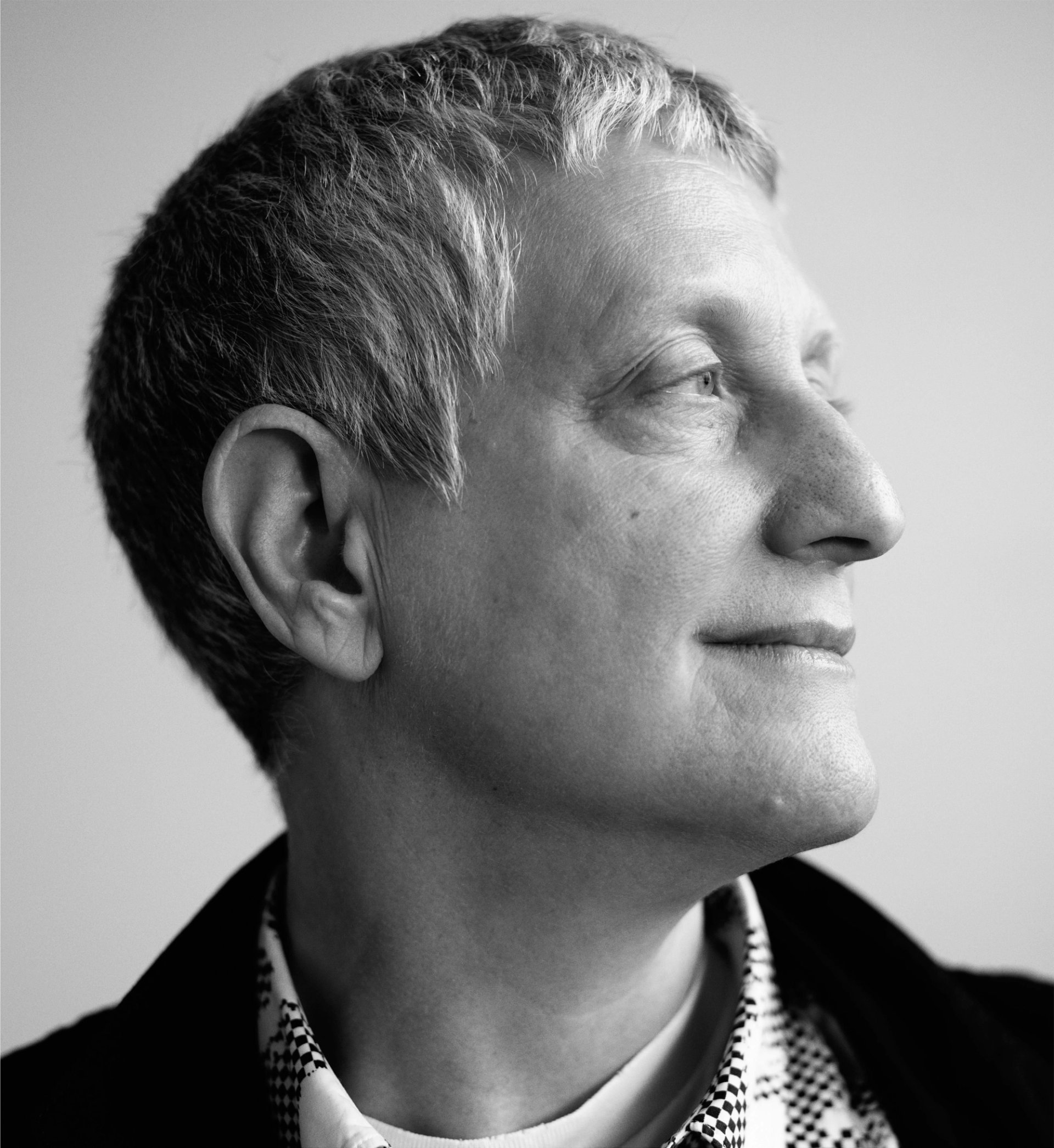
Roni Horn Photo: Mario Sorrenti
Roni Horn
The poems of Emily Dickinson have prompted several bodies of work by Roni Horn, in which individual lines might be captured on aluminium rods or individual letters forming a sentence are dispersed across the floor of a room. “There’s something about the transparency of Emily Dickinson’s language that is really remarkable,” Horn explains. “I didn’t read her when I was younger, I couldn’t. It didn’t make any sense to me, it was opaque at that point. And then in the early 1990s or late 1980s, I tried reading a couple of poems, and I found there was an opening for me,” she says. “I read everything that was published at that time, which was the Franklin collection of 1,700 poems.” The book was compiled by Ralph W. Franklin, a leading Dickinson scholar.
Although Dickinson was barely published in her lifetime, she would make her own gathering of her poems in hand-sewn fascicles. “That really just got me, how visual that was; the physicality of binding these works together I found quite fascinating,” Horn says. “The most striking thing was the fact that she didn’t play to an audience, that she was working in the space of her own critical dialogue with herself and whatever was around her.”
Book Club recommends: The Poems of Emily Dickinson: Reading Edition edited by R. W. Franklin; Emily Dickinson’s Poems: As She Preserved Them edited by Cristanne Miller; and the Emily Dickinson Archive, which has high-resolution scans of Dickinson’s surviving manuscripts
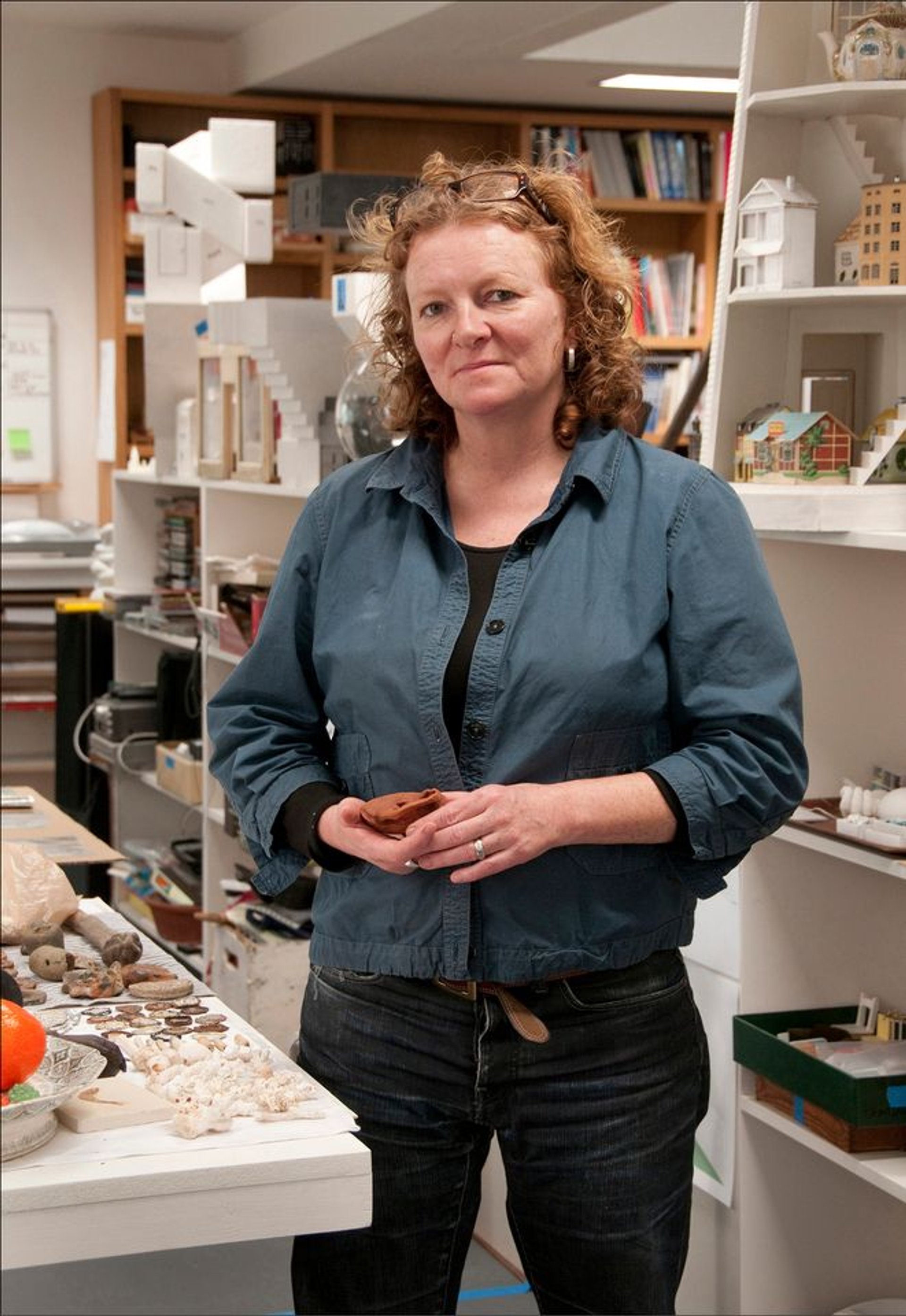
Rachel Whiteread © Photo: Anita Corbin
Rachel Whiteread
“I tend to read books that are stories of ordinary people—and often people that get into difficult times,” Whiteread says. “There are a lot of American writers I’ve read diligently over the years. Marilynne Robinson is a beautiful writer, and has this poetry and quietness, and a philosophical edge, which is incredibly touching... Paul Auster is a good example of a writer that I’ve totally devoured everything that he wrote. That’s what I do: I get crushes on novelists and devour them.”
Whiteread also reads a lot of contemporary verse, acting on recommendations from her friend, the poet Mark Waldron. And her casts of the space in and around objects are often described in poetic terms. “Something that I often try and do is make a sculpture that is just one sentence, or feels like that, or even a word. That’s where poetry can become very interesting: the way things are honed-in on it to such a degree that it’s the sound of these two words touching.”
Book Club recommends: Gilead by Marilynne Robinson; Leviathan by Paul Auster; and Meanwhile, Trees by Mark Waldron
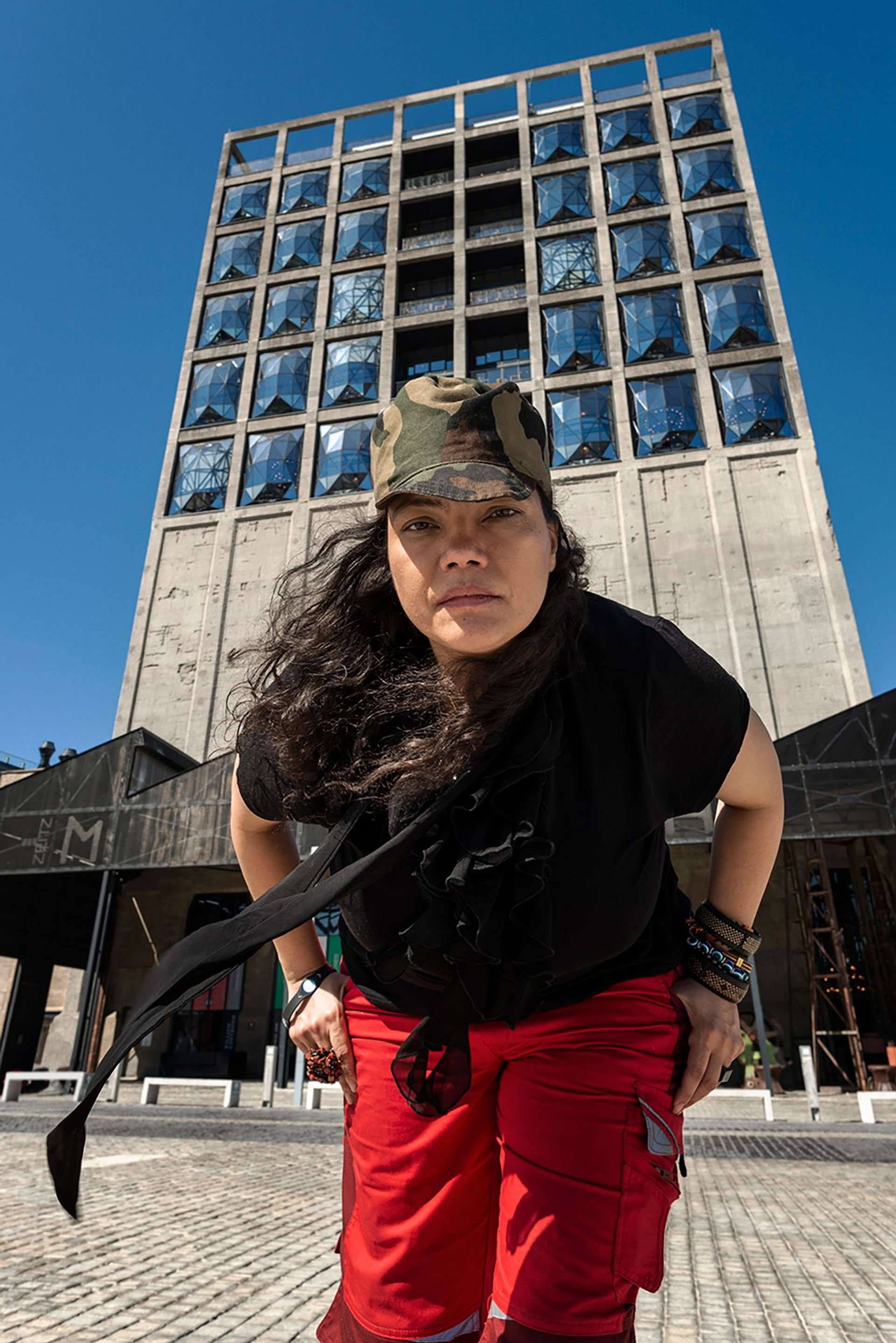
Tracey Rose Courtesy of Zeitz Mocaa
Tracey Rose
Asked about her literary influences, Cape Town-based Tracey Rose replies: “Frantz Fanon, mainly Black Skins, White Masks, and Frances Cress Welsing’s The Isis Papers, and Lesego Rampolokeng, who’s a South African poet and a really good friend of mine.” These writers are “my compass”, she says. “Whenever I get distracted by all the other fluff and the wannabe, glam-gloss shit, what is the fundamental reason why I’m doing this? And especially Fanon and The Isis Papers, which were fundamental attacks on white supremacy.”
Among the controversial ideas the late American psychiatrist Welsing posits in her book of essays is that racism was rooted in the “colour inferiority” of white people due to a lack of melanin. “There’s an element of absurdity within The Isis Papers that I quite enjoy. I’m not sure if I entirely believe some of it. But I quite enjoy the fact that it exists, to give me an alternative to the mega-narrative. Because one thing I’ve never been able to get my head around is white-supremacist hatred.”
Book Club recommends: Black Skin, White Masks by Frantz Fanon; The Isis Papers: The Keys to the Colors by Frances Cress Welsing; and Head on Fire: A Deep South Publication by Lesego Rampolokeng
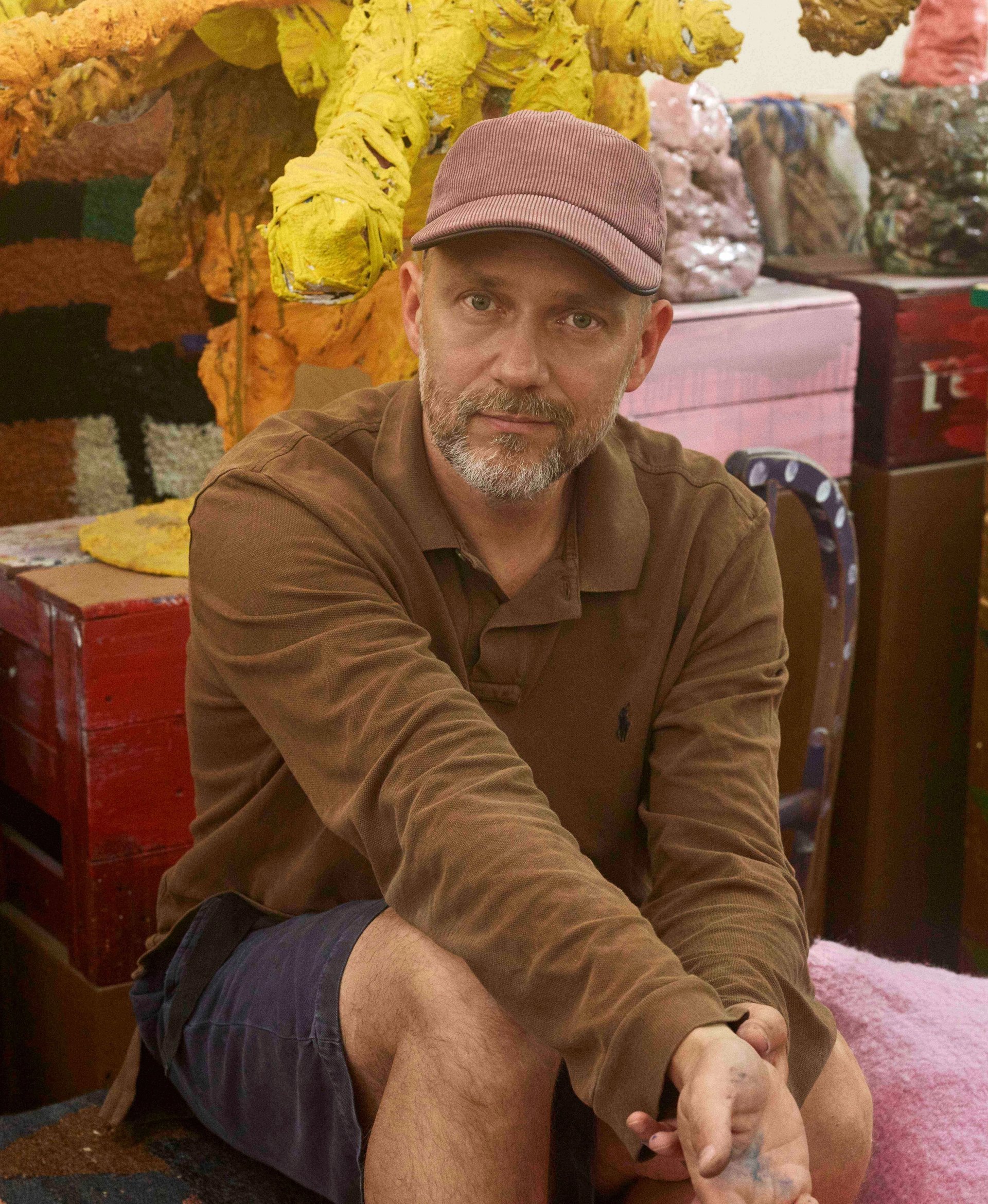
Tal R
Tal R
Over the past two years the Danish artist Tal R created a group of paintings featuring birds in cages. They were inspired in part by Bruno Schulz’s Cinnamon Shops, a “weird story” featuring a man who would now be deemed to be “turning crazy”, Tal R says. “But this is never what this book is about. It is simply just when you look at reality from a different perspective; there’s nobody explaining to you: ‘Now, you’re in this perspective of what we call madness.’ There are all these birds in the house and all these eggs. And I keep going back to this book, it is still a mystery.”
Tal R also admires W.G. Sebald, who, he says, “walks between image and word”. He adds: “He tells you a story about something that happens to somebody, but there’s never a real ending, it’s never the real drama—you’re always standing with half of the story in your own imagination. That’s something you play with a lot as a painter, because you only have one image. So everything that touches people is actually what they imagine outside the canvas.”
Book Club recommends: Bruno Schulz: Collected Stories by Bruno Schultz (translated by Madeline G. Levine) and The Rings of Saturn by W.G. Sebald (translated by Michael Hulse)
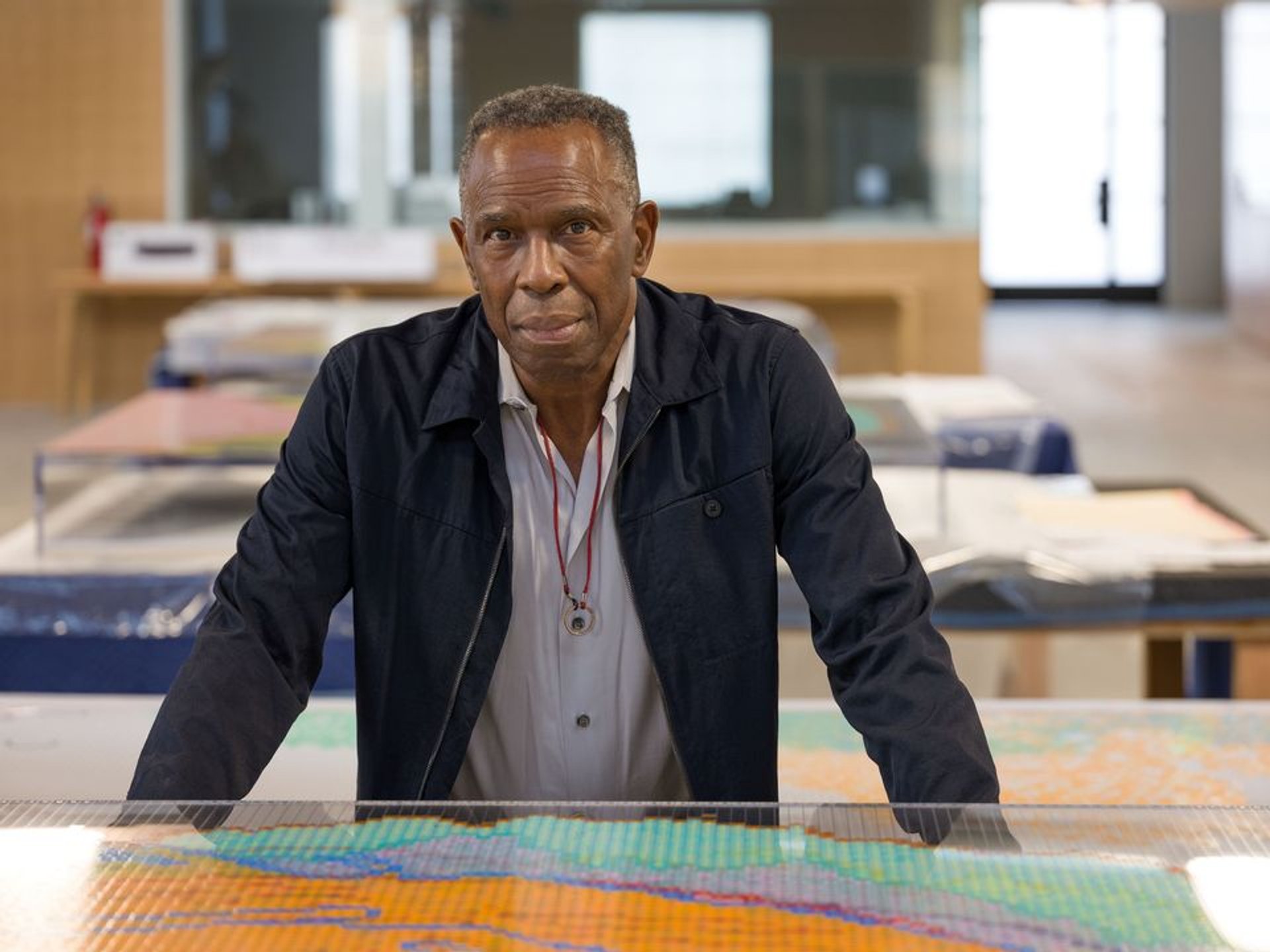
Charles Gaines © Charles Gaines; Hauser & Wirth; Photo: Fredrik Nilsen
Charles Gaines
Writers and thinkers loom large in Gaines’s work, as underpinning philosophies and as direct references. “A huge influence is Edward Said,” Gaines says. “And Stokely Carmichael. I remember listening to him speak back in the day, but then I discovered the writings and speeches again—that’s some of the most profound political discourse that exists. And Foucault was my way of understanding deconstruction... he made it possible for me to understand Said.” Frantz Fanon, beginning with The Wretched of the Earth, “was a singular and pivotal source”, Gaines adds.
Those writers who have appeared directly in Gaines’s work include Gabriel García Márquez and Georges Bataille, whose Eroticism and General Economy were sources for Gaines’s work String Theory: Rewriting Bataille (2011). “I used a system to reorganise the linguistic framework of the text to remove words and change the position of words… The syntax had been reinvented by the system, but it was still crazy Bataille. It was still this wild, highly eroticised, imaginative experience.”
Book Club recommends: Orientalism by Edward Said; Ready for Revolution: The Life and Struggles of Stokely Carmichael by Stokely Carmichael; A Foucault Reader edited by Paul Rabinow; The Wretched of the Earth by Frantz Fanon; and Eroticism by Georges Bataille

Tala Madani Photo: Adam Laycock
Tala Madani
In Tala Madani’s native Iran, poetry “is a way of speaking”, she says, but one that she “didn’t fully get indoctrinated with” before she left Tehran for Oregon in the US in her teens. However, Madani says that now “Sohrab Sepehri and Forugh Farrokhzad are modern Iranian poets, who I have by my bed and just read.” She notes that poets adopting the French philosophy of Jean-Paul Sartre and others “really affected Islamic scholars, and the ones that really effected the revolution and martyrdom”.
Madani has enjoyed reading Carl Jung’s seminal Red Book as well as the Black Books—the journals that in part led to the Red Book—during lockdown. This was partly because they were “written in a pre-World War Two crisis”, she says. Reading Jung trying to grapple with “shifts in Europe” in his own time “is really is quite lovely to read right now, to try to make sense of it”, she explains. And Madani frequently returns to Solaris, Stanisław Lem’s 1961 science fiction novel. “It’s so incredibly mysterious and all consuming,” she says. “It’s like the book that tells you everything you need to know about life and the mysteries of it.”
Book Club recommends: Sohrab Sepehri: A selection of poems from The Eight Books (translated by Bahiyeh Afnan Shahid); Sin: Selected Poems of Forugh Farrokhzad edited and translated by Sholeh Wolpé; The Red Book: A Reader’s Edition by Carl Jung (edited by Sonu Shamdasani)
• You can hear the full episodes on Apple Podcasts, Spotify or wherever you normally listen to your podcasts. Series 2 of A brush with… is sponsored by Bloomberg Connects


